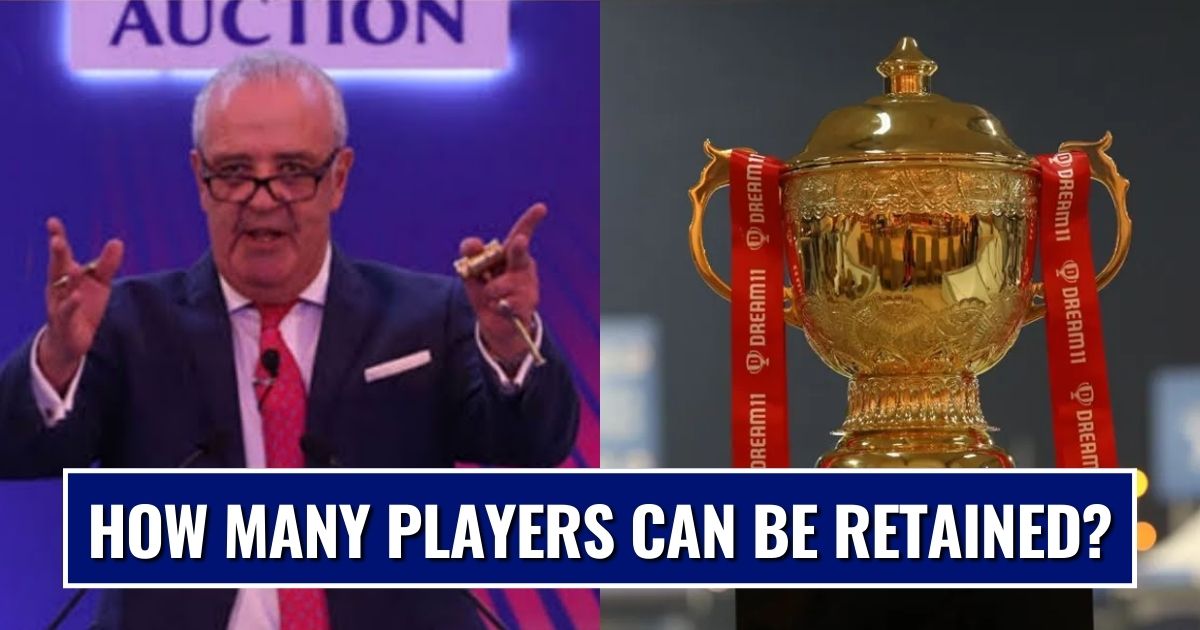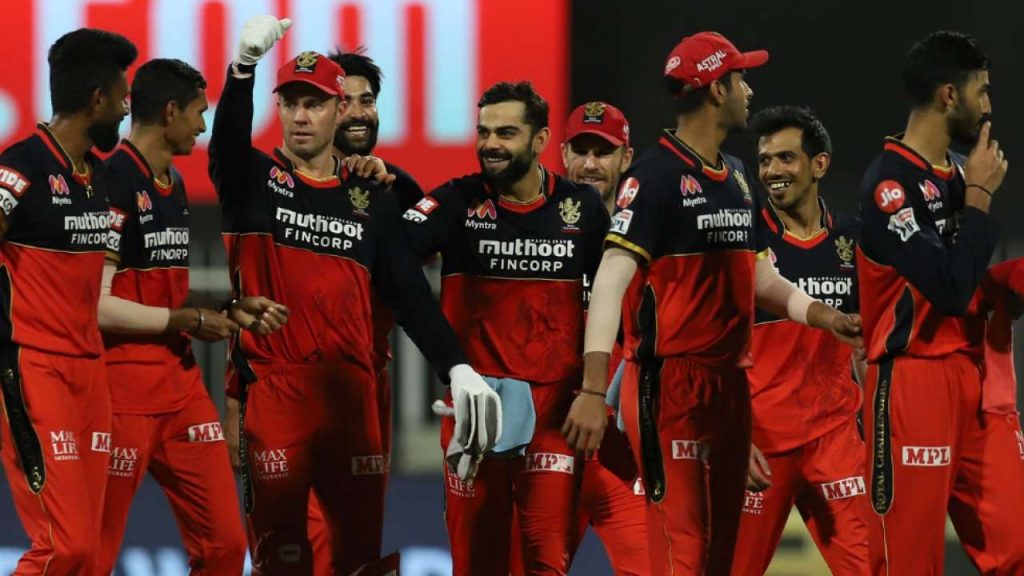
The IPL 2022 is set to be a 10-team tournament with two new teams coming into the fray. Ahmedabad and Lucknow join the other eight established cities in the league to make it a 10-team tournament from the next year. The Sanjeev Goenka Group have picked Lucknow as their home base for INR 7090 crores, while owners of CVC Capitals have bagged Ahmedabad for INR 5166 crores.
Meanwhile, the BCCI has laid out the retention rules ahead of IPL 2022. While the date is yet to be finalised, each franchise will have a purse of 90 crores heading into the auction which is slightly more than the 85 crores that was set for 2021 auction.
As per the newly laid rules, old teams can keep four players ahead of 2022 auction. After the list of retained players is finalised, the two new franchises will get first choice from the rest of the pool ahead of the auction where they can pick up a maximum of 3 players. Also, there are two separate forms of retaining the players. Either team can keep two Indian and two overseas players or three Indians and one overseas.
IPL 2022: Mega Auction Rules

In a further update, the IPL has had an informal conversation with the franchises before reaching the conclusion. The Indian players retained can also be uncapped or a mix of both capped and uncapped. As for the three players for the new teams, the franchises can pick two Indian and one overseas player each.
The stage is set! 👍 👍
Bidding for the 2⃣ new IPL teams to commence shortly! pic.twitter.com/Vsu58ZA83d
— BCCI (@BCCI) October 25, 2021
While the IPL is yet to announce the details and rules, the deadline for retaining players is likely to be the end of November. Some of the key elements that the IPL is still to firm up include the maximum amount that can be spent on each retained player and the percentage of the auction purse each franchise can spend overall on retaining players.
One of the big differences in the big auction next year is that there will be no Right To Match (RTM) cards available which was the case in mega auctions in the previous years.



![[WATCH] KL Rahul Left Fuming After The DRS Controversy Sparked A Massive Debate In The Perth Test KL Rahul](https://cricfit.com/wp-content/uploads/2024/11/20241122_112508-100x75.jpg)

![[WATCH]- KL Rahul’s Cover Drive Off Cummins Brings Up 3,000 Test Runs In IND Vs AUS Opener](https://cricfit.com/wp-content/uploads/2024/11/img_1945-1-100x75.jpg)
![[WATCH] Virat Kohli Faces Another Failure As Josh Hazlewood Removes Him For 5 Runs In Perth Test Virat Kohli](https://cricfit.com/wp-content/uploads/2024/11/20241122_112438-100x75.jpg)